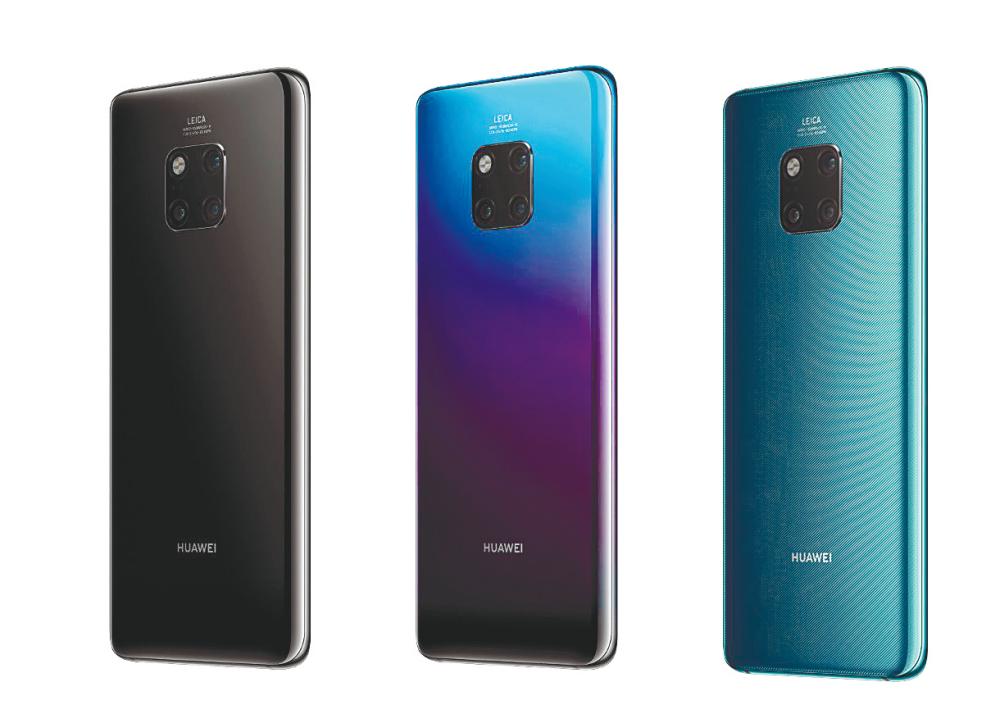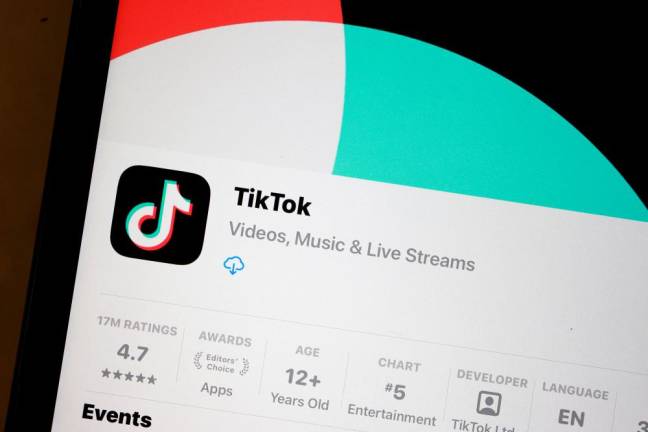The Huawei Mate Pro series of smartphones has been one of my favourites ever since Leica co-engineered its cameras. So I was delighted to receive the twilight variant of its flagship phone, the Mate 20 Pro, for review.
However, this Mate 20 Pro phone was an unlocked version. This was a unit meant for a foreign market, and has been loaded with a modified version of the operating system to more closely resemble the Malaysian retail version.
That said, let us begin with its cameras. There are three rear-facing ones, and none of them is a dedicated black-and-white sensor.
The primary shooter, a 40MP sensor coupled with a wide angle f1.8 lens, is too good. Honestly, I do not mean it as a hyperbole. The Mate Pro series always has impressive shooters ever since it partnered with Leica. Images are sharp, accurate, and brilliant in low light.
Nevertheless, in my testing, an objectively good-looking picture, like the ones taken using the Mate 20 Pro, does not always nab you likes, clicks, and shares.
This is because images from the Mate 20 Pro, which is technically beautiful, lacks the eye-catching artificial pop of most smartphone shooters. This can always be remedied with editing and filters, if that is important to you.
I find the other two cameras, a 20MP Ultra Wide f2.2 and an 8MP telephoto f2.4, novel at best. Call me old-school, but I would trade them in for the Leica black-and-white sensor found on the Mate 10 Pro.
Don’t get me wrong, I welcome the ability to take ultra-wide shots and optically zoom in on a subject far away, but why not take pictures using the best camera available? So, I always ended up taking pictures using the main camera anyway.
One pet peeve I have with the Mate 20 Pro is its unintuitive Super Macro mode, a highly-touted feature of the camera. To take an extreme close-up picture, I need to wait until the software recognises that I am trying to make a macro image, and for it to switch lenses so I will have to frame my subject again.
I find it faster just by moving closer to the subject while in Ultra Wide mode. Also, skip the Portrait mode: the bokeh looks too artificial.
For videos, look elsewhere. It is not the Mate 20 Pro’s strong point either.
My other pet peeve with the Mate 20 Pro is its confusing selection of colours. In Malaysia, it comes in emerald green (my personal choice), twilight, and black.
The phone’s marketing material highly touts a feature called ‘Hyper Optical Patterns’, a unique glass texture on the back of the phone which is non-slip and anti-fingerprint.
However, it is only available on the emerald green and midnight blue (a colour that is not available in Malaysia) variants. Why not have the feature on all the colours?
That said, I like the overall design of the Mate 20 Pro, despite the notch. It feels good in the hand, it looks sleek, and the phone’s dimensions are just right as well, despite the fact that its edge-to-edge screen and curved design remind me of phones by another big-named phone manufacturer.
The Mate 20 Pro is modest when it comes to quality-of-life features. The in-display fingerprint reader makes the whole design possible, but face recognition is much faster.
Out of the box, the device is preloaded with a lot of welcomed apps like a small suite of Google apps and Huawei apps, but, there are also some unwelcome ones that are tucked into the Top Apps and Games folders.
Top-of-the-line Huawei Kirin 980 paired with 6GB of RAM and 126GB of storage ensures a pleasant user experience. It can handle any apps or games in strides.
It is also worth noting that the storage capacity is expandable, but only via the company’s own proprietary storage medium. Not MicroSD.
In my testing, I find that the battery life on the Mate 20 Pro is good. With average usage, it gets through a day like a champion, but if I fiddle with it throughout the day, it will need to be plugged into my car charger on my drive home.
It does support fast wired and wireless charging, but the set does not come with a wireless charger, and I usually leave the charger at home anyway.
With premium looks and premium performance, it is tough not to admire the Mate 20 Pro despite its shortcomings. That is, if you can get over its hefty RM3,599 price tag.
Is it worth that much? Only if you are serious about mobile photography and about owning one of the best phones in the market.
Else, get a mirrorless camera, or take a look at Huawei’s other offerings that may be suited for a more casual crowd.











